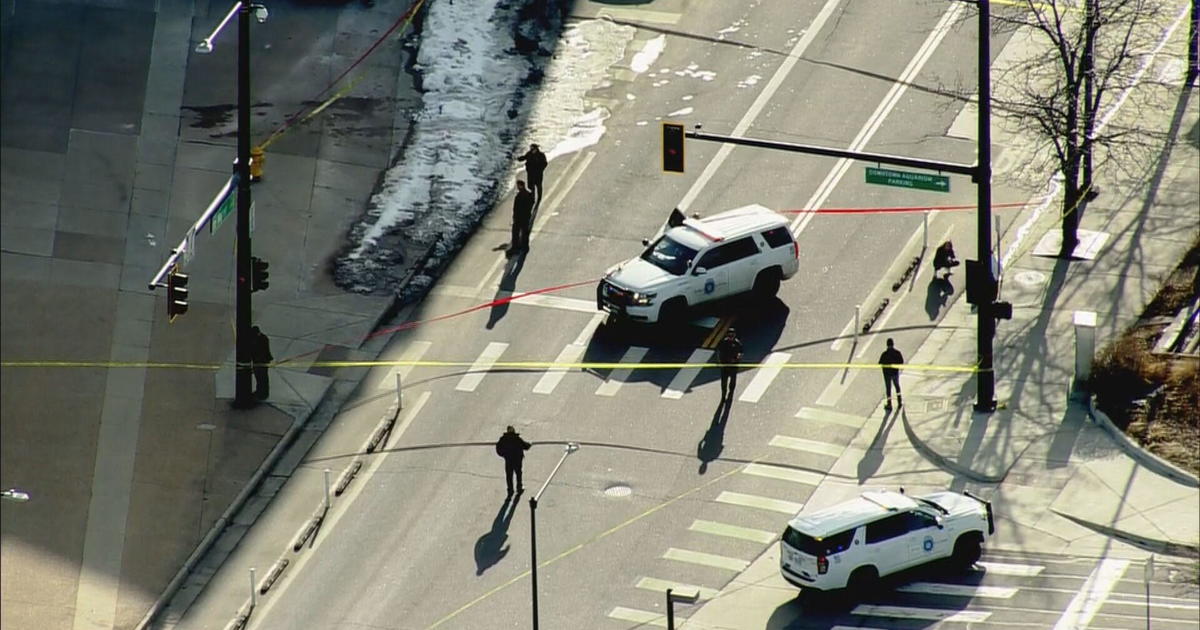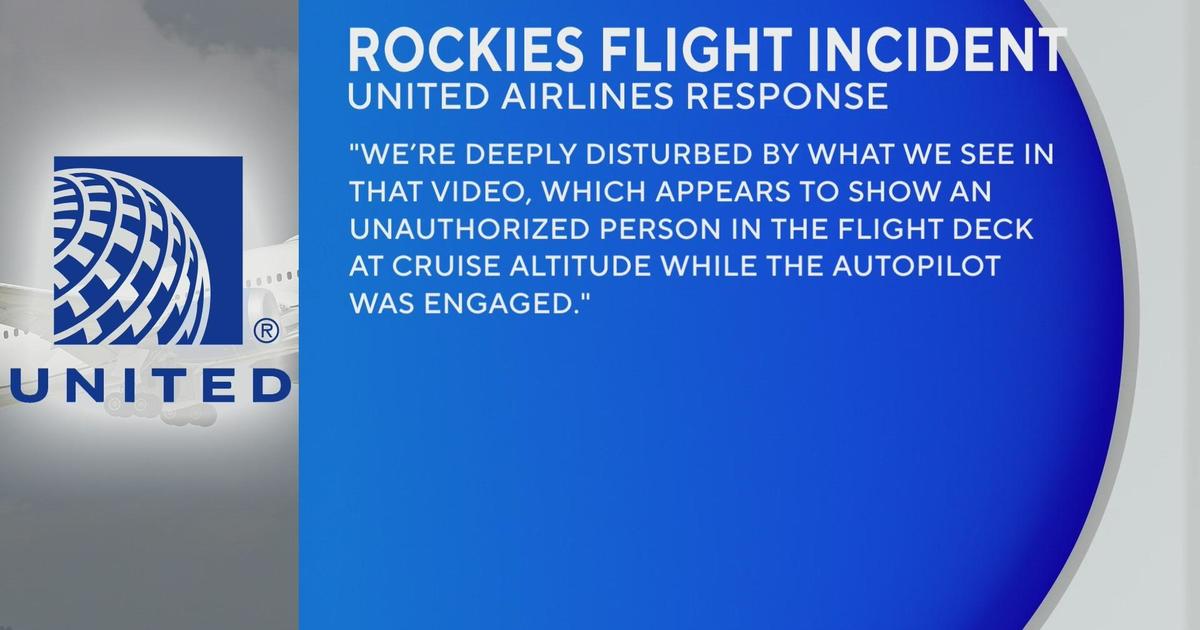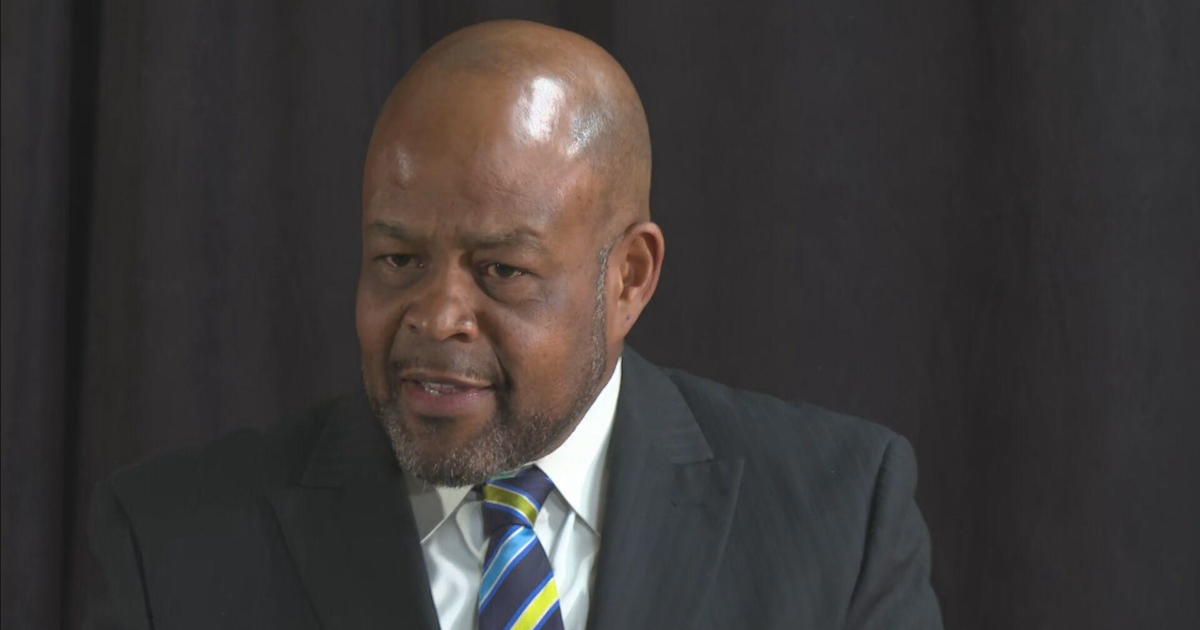Airport In Aspen Known For Being Difficult Place To Land
DENVER (CBS4) - The Aspen-Pitkin County Airport is known for being a difficult place to land, and that proved to be true on Sunday after one person was killed and two others seriously injured after crashing while attempting to land.
Miguel Henriqez was in critical condition and Moises Carranza was in serious condition at St. Mary's Hospital in Grand Junction, a hospital spokesperson said on Monday.
Sergio Carranza Brabata, who died in the crash, was co-piloting the plane with either Henriqez or Carranza, who are both pilots. It's not clear who was in control of the plane when it went down.
CBS4's Howard Nathan listened to communications between the pilot and tower and it appears the pilot had some concerns about landing.
A flight tracking website captured the pilot circling the airport. In listening to the pilot, it appears he was pushed by a tailwind speed that was too high. And according aviation safety consultant Steve Cowell, the wind speed at the airport is an even bigger problem.
Just seconds after the plane crashed the air traffic control tower called out to an airport fire truck for help.
Tower: Striker, proceed to the downed aircraft.
Eleven minutes earlier the pilot is heard reporting the tailwind speed to the tower as being above 30 knots.
Pilot: Uh, missed approach, number 115 whiskey foxtrot, 33 knots of tailwind.
Cowell said that wind speed is too high for landing.
"Business jets, and really all jet aircraft can't land with over a 10 knot tailwind," Cowell said.
Once again, the pilot on second approach to landing reports his wind speed, and again it's too high.
Pilot: Okay, uh, do we turn back? Uh and do another approach? We had a tailwind of 30 knots.
Cowell estimates he personally landed assorted aircraft some 200 times at the Aspen-Pitkin County Airport. He knows with mountain terrain nearby makes the winds become even trickier.
"If we imagine how water flows over rocks in a stream, that's how the wind flows over that terrain going into Aspen. There's all sorts of currents and eddies that are affecting the pilots, and it's up to the pilot to make the final decision whether to make, to attempt that landing," Cowell said.
RELATED: Aspen Airport Remains Closed After Deadly Crash
On the final attempt to land the tower advised the pilot the wind speed was above 10 knots, but also gusting to 25. Two minutes later the plane crashed.
"To the layman this almost sounds reckless by the pilot. To the layman it would sound reckless, but there is a certain psychology with all pilots to complete the mission," Cowell said.
Cowell says the National Transportation Safety Board will want to know what kind of experience the pilot had for landing at Aspen, such as if he just received a briefing, or had simulator training.
Sunday's crash wasn't the first deadly plane crash at the Aspen-Pitkin County Airport. In 2001 a plane coming in from Los Angeles went down just short of the runway, killing 18 people. Investigators said the plane landed in darkness even though there was a ban on nighttime landing.




